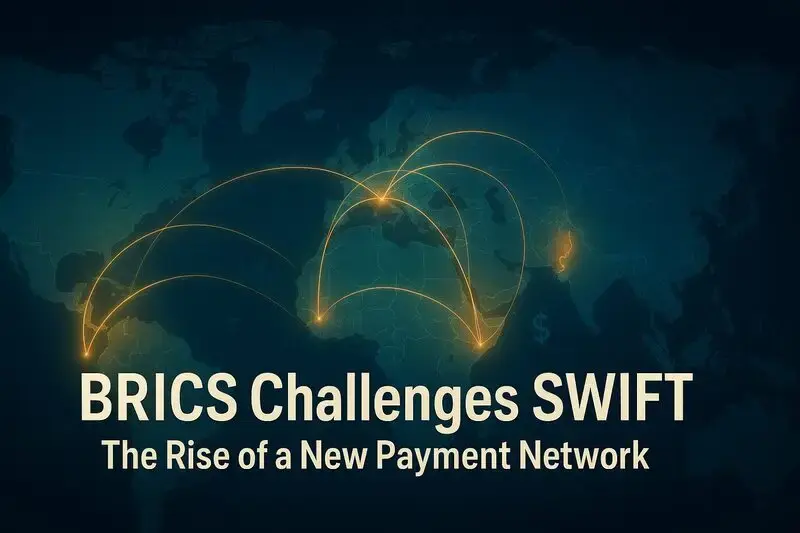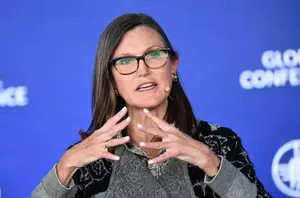BRICS challenges SWIFT with a new cross-border payment system that’s been designed to reduce dependence on Western financial infrastructure, and right now, the move is gaining momentum. The BRICS payment system enables transactions in local currencies rather than US dollars, and it represents a direct alternative to SWIFT that’s actually fueling what many are calling the de-dollarization movement among emerging economies that are seeking more financial sovereignty.
Also Read: US Pushes Dollar As Main Currency in Eight Countries to Counter BRICS
Inside the BRICS Payment Revolution and Its Global De-Dollarization Push

Building Financial Independence
BRICS challenges SWIFT through some strategic initiatives that the bloc launched back at the 2014 Fortaleza Summit, which established the New Development Bank along with the Contingent Reserve Arrangement. Developing countries actually created these as the first financial institutions exclusively. Western sanctions accelerated efforts even further, and this eventually led to the BRICS Payments Task Force formation. At the 2024 Kazan Summit, leaders made a commitment to “strengthening of correspondent banking networks within BRICS and enabling settlements in local currencies in line with BRICS Cross-Border Payments Initiative.”
Central Bank of Russia governor Elvira Nabiullina stated:
Russia has a System for Transmitting Financial Messages (SPFS), which is an alternative to SWIFT. Similar infrastructure exists in some other countries. We are holding discussions on the interaction of such platforms, but here the interest and technical readiness of our partners are important.
The SPFS currently has 159 foreign participants in 20 countries, and settlements with BRICS countries in national currencies have actually surged from 26% to 85% within just two years.
The De-Dollarization Push
Russian President Vladimir Putin explained the motivation behind the BRICS payment system and why BRICS challenges SWIFT:
The whole world started contemplating whether US dollars should be used since the United States, for political reasons, restricts the use of the US dollar as a universal international payment unit.
Putin even accused the U.S. of “weaponizing” the dollar and described it as a “big mistake.” He stated: “It’s not us who refuse to use the dollar.”
Forexlive.com head of currency strategy Adam Button said:
A big portion of the world is always under threat of U.S. or European sanctions, and it’s in their interest to create an alternative system. The initial promise or purpose of SWIFT wasn’t to be used in the sanctions system, and they changed the rules.
Challenges Ahead
BRICS challenges SWIFT while navigating some technical hurdles along the way. Individual members maintain competing platforms—China’s CIPS, India’s UPI, and Russia’s SPFS—which is actually complicating unified progress. The success of BRICS cross-border payments depends on technical reliability and sustained political will among the diverse nations involved. As this alternative to SWIFT develops right now, BRICS nations are advancing the de-dollarization movement from theoretical discussions into what could become operational reality, and this shift has the potential to reshape the global financial architecture.
Also Read: BRICS Currency Not in Everyone’s Interest: Diplomat
BRICS is building the payment system to allow member nations to conduct trade without routing payments through SWIFT, which has been weaponized for enforcing Western sanctions in recent years. Russia’s exclusion from SWIFT following its 2022 invasion of Ukraine demonstrated this vulnerability, and it intensified BRICS determination to build independent infrastructure. BRICS challenges SWIFT by offering emerging economies some protection from dollar volatility along with reduced exposure to U.S. monetary policy decisions. This alternative to SWIFT could actually diminish Washington’s ability to impose effective financial sanctions and might limit American influence over global financial flows in the coming years.
Technical Integration and Future Prospects
At the time of writing, the bloc—comprising Brazil, Russia, India, China, and South Africa, along with newer members—has accelerated efforts to build this payment mechanism. BRICS cross-border payments would allow member nations to settle transactions in local currencies, which reduces the need for dollar conversions and minimizes transaction costs for member nations. Developers are building the system with blockchain technology considerations, using digital ledgers to create transparency and ensure more efficient payment systems according to some reports.






